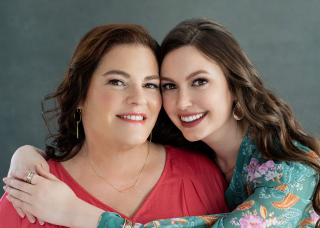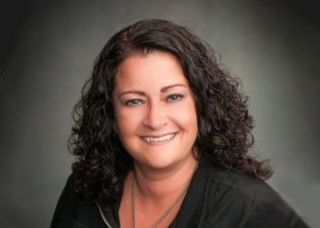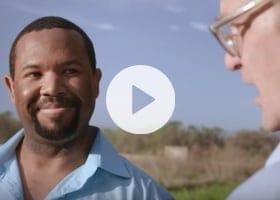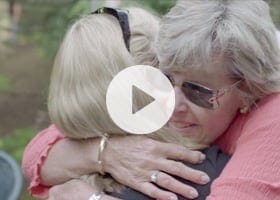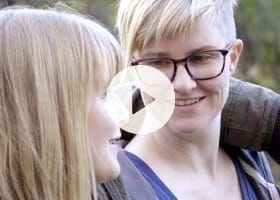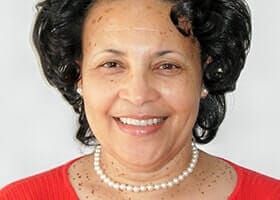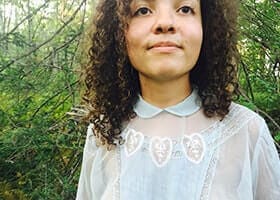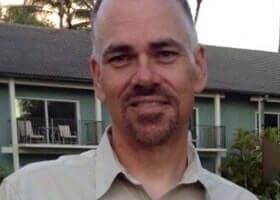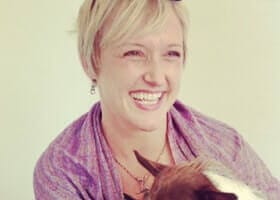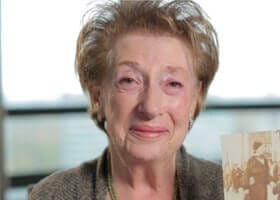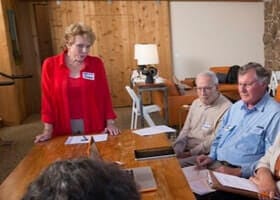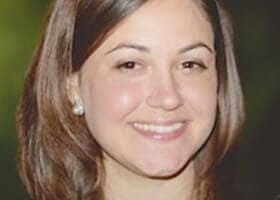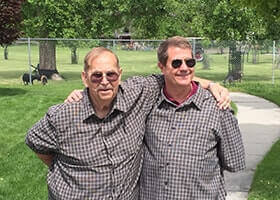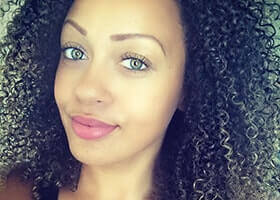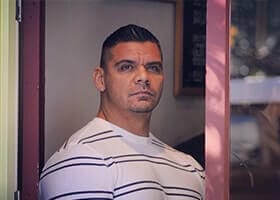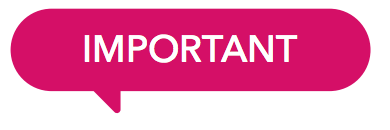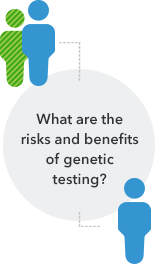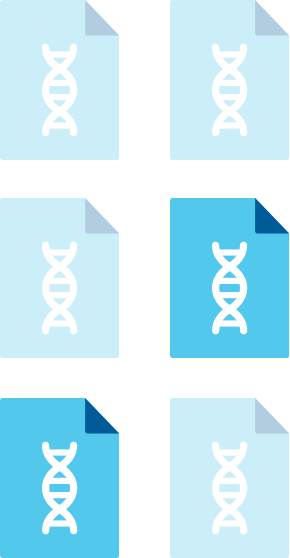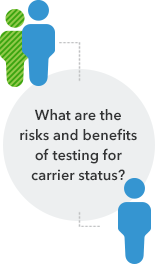By checking this box and submitting any Content, as defined below, to 23andMe, Inc.,
its affiliates, agents, representatives, consultants, contractors and/or other
third-parties working with 23andMe (“23andMe”), I agree and grant to 23andMe the
right and permission to use and disclose my name, email address, voice, image,
likeness, dialogue, testimonials, signature, biography, words, photographs,
interviews, audio or video recordings, and/or other identifying characteristics or
data (collectively “Content”), in perpetuity, for the following purposes: 23andMe’s
internal purposes and/or for use in commercial, marketing, publicity, commerce, trade,
and advertising activities; to display, release, or to otherwise provide the Content,
information, or items (the “Materials”) to the general public worldwide; in any and
all media, including but not limited to print materials of all kinds, publications,
point-of-purchase advertising, packaging, broadcast, cable, satellite or other transmission,
the internet, and in any and all social media, including but not limited to Facebook,
Twitter, LinkedIn, TikTok and Instagram; or for any other purpose(s) stated herein.
I also grant 23andMe the exclusive worldwide right to use, control, reproduce, market,
broadcast, display, print, publish, exhibit, edit, alter, copy, license, create derivative
works of, sell, either in whole or in part, my Content and Materials on 23andMe’s website
and blog, by persons or entities considered appropriate by 23andMe or at the direction of
23andMe, for any purpose, including internal, non-commercial, and/or marketing or commercial
purposes. This may include, but is not limited to, editing, cropping, retouching and otherwise
altering the Content and the Materials at the sole discretion of 23andMe. 23andMe understands
and agrees that my permission and consent is limited to the use of my Content and Materials
and does not represent broad authorization to publicize additional information about my
experience with 23andMe without written authorization from me.
By submitting any Content to 23andMe, I represent and warrant that:
-
I am at least 18 years old;
-
I am the sole author and owner of the intellectual property rights thereto;
-
All "moral rights" that I may have in such Content have been voluntarily waived by me;
-
All Content that I submit is accurate;
-
I will promptly and in writing notify 23andMe if at any time I no longer believe in or endorse such Content;
-
All Content that I submit does not conflict with any existing commitments on my part;
-
Use of the Content I supply does not violate this Consent and will not cause injury to any person or entity.
-
All Content is known by me to not be false, inaccurate or misleading;
-
All Content does not infringe on any third party's copyright, patent, trademark, trade secret or other
proprietary rights or rights of publicity or privacy.
I agree that all intellectual property rights associated with the Content and Materials are and shall remain
the property of 23andMe as well as any other rights, title, and interest in any and all results and proceeds
associated with such use or disclosure.
I hereby fully release, indemnify, and hold harmless 23andMe and its officers, affiliates, directors, employees
and agents of any nature whatsoever, on behalf of myself, my successors or assigns, from and against any and all
liabilities, claims, damages or injuries whatsoever, arising out of, having any connection with or as a result of
my participation related to the Consent, Content, or Materials.
This section applies only to customer stories which include health information, as defined by applicable laws.
If - depending on my use of 23andMe+ Total Health - the information I submit as part of my stories is considered
health information, and 23andMe’s use and disclosure of my stories is considered marketing under certain laws and rules,
those laws and rules may require I also acknowledge and agree to the following terms specific to my health information:
In addition to the above, I understand that I have the right to revoke this Consent, in writing, at any time by sending written
notification to 23andMe at Privacy@23andme.com. I understand that information used or disclosed pursuant to this Consent may be
subject to re-disclosure by the recipient of such information and may no longer be protected by applicable laws. However, in some cases,
state privacy laws may prohibit the person receiving my health information from making future disclosures of my information unless another
authorization or consent for disclosure is obtained from me, or unless such disclosure is specifically required or permitted by law.
I understand that 23andMe will not condition my receipt of services on whether I agree to provide this Consent.
I have the right to: i. inspect or copy the health information to be used or disclosed as permitted under applicable law;
ii. refuse to sign this Consent; and iii. receive a copy of this Consent.
This Consent is valid for the defined period set forth under applicable law, including any state where the information I submit in
my story is considered "consumer health data," or when the information is no longer needed for the purpose(s) in which it was collected.




















